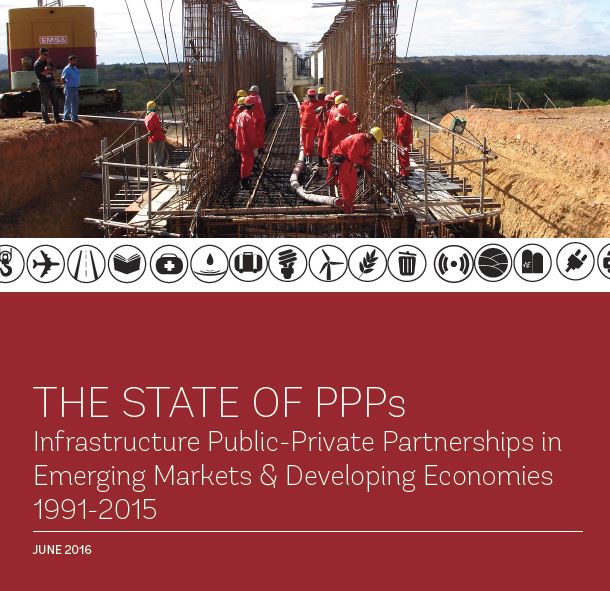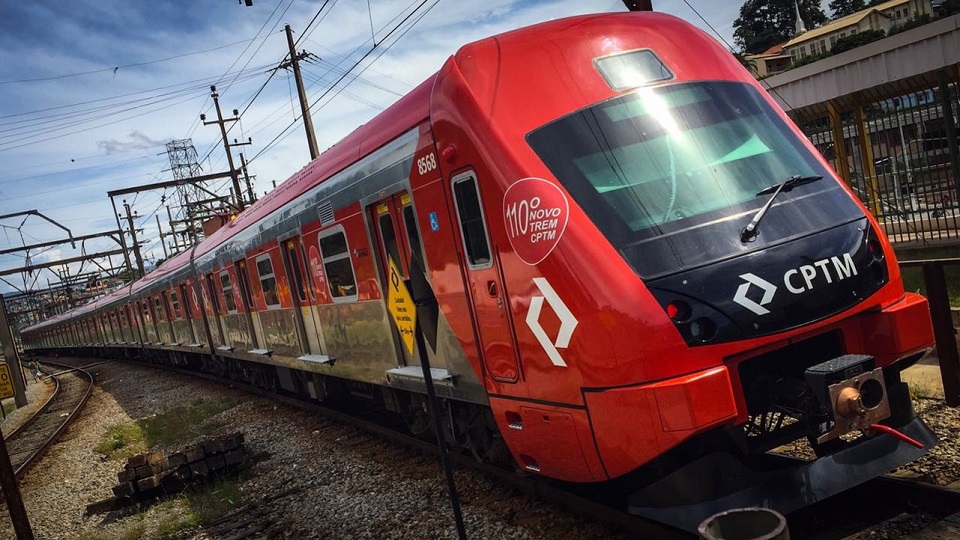916 results found
Featured results



More results
The Global Briefing Report Review looks at the outcomes and discussions of the Indonesian G20 Presidency and provides an in-depth review of the Summit that gives readers insights into how it will influence global affairs in the future.

Sovereign development funds (SDFs) and strategic investment funds (SIFs) have become increasingly important investment vehicles for sustainable development. This paper explores how the design and governance of these funds aligns institutional capital with large, long-term investments such as infrastructure, all while yielding high commercial returns for institutional investors.

This report provides an assessment of the state of regulatory governance in infrastructure industries in Brazil and to suggest possible indicators for future monitoring, while also providing a ranking among Brazillian regulators.

This report looks into developing policies for Angola in the energy, water, transport and communcations sector in order to enhance the private participation in the rebuilding and development in the countries infrastructure.

This paper examines the evolution of infrastructure and the impact of infrastructure investment and public finance shocks on key development indicators and growth performance in the context of middle income countries.

The ITF Transport Outlook provides an overview of recent trends and near-term prospects for the transport sector at a global level as well as long-term prospects for transport demand to 2050.

The Fourth Industrial Revolution (Industry 4.0) presents a significant opportunity for digital transformation in the infrastructure (architecture, engineering, and construction) industry. This sector, traditionally reliant on manual labor, mechanical technology, and traditional business models, has seen limited innovations in productivity compared to many other global industries. However, new digital technologies, particularly InfraTech solutions like drone technology, offer a promising pathway to revolutionize this industry.
This report assesses infrastructure PPP investments in an expanded list of Fragile and Conflict Affected States (EFCS2), as well as the PPP regulatory frameworks during the 2012-2016 period.

This report uses data from the PPI Database to analyze broad trends of PPP investment in infrastructure from 1991 to 2015.


The 3PA consists of three pillars each of which represents a key dimension of quality project assessment providing a clear framework within which project proposals can be evaluated.


This handbook synthesises and disseminates knowledge to inform the planning, implementation, and operations of urban rail projects.



In this Q&A our CEO, Marie Lam-Frendo explores how the G20 has the power to help bridge the current infrastructure investment gap - a gap that is hindering strong, sustainable development.
This article breaks down the blockers to InfraTech adoption and why they occur. Use this article to deepen your understanding of the repercussions of problems like poorly defined value cases and disparate interests among parties across the timeline.
Recently, the GI Hub coordinated a discussion of asset recycling as part of a presentation to fellows of the ASEAN Sustainable Leadership in Infrastructure Program.

The number of primary private infrastructure transactions increased by 18% in 2022, the strongest annual growth since 2017, largely driven by strong investor appetite for projects supporting the clean energy transition. However, growth was mostly being driven by high-income countries in North America and Western Europe, with private investment activity in middle- and low-income countries seeing a lot less momentum with volumes on par with pre-COVID levels.



Private infrastructure investment has been stagnant for eight years running, however the number of transactions has been trending up since 2016. This is mainly due to a tripling in the number of solar photovoltaic projects. Unfortunately, their average transaction size is the lowest among all infrastructure sector projects so does not translate to an increase in the total private investment amount.



Private investment in infrastructure projects in primary markets has been stagnant for seven years running


This publication is the result of a scoping study initiated by the Asian Development Bank to better understand the issues associated with the water-food-energy nexus in Asia and the Pacific.

The third global report, 2019 Global Infrastructure Investor Survey, also revealed that investor appetite for emerging markets infrastructure is levelling. Respondents identified recent trends in monetary policy normalisation and greater emerging market foreign exchange rate risk as factors that may be driving investors away.




 Infrastructure Monitor
Infrastructure Monitor




